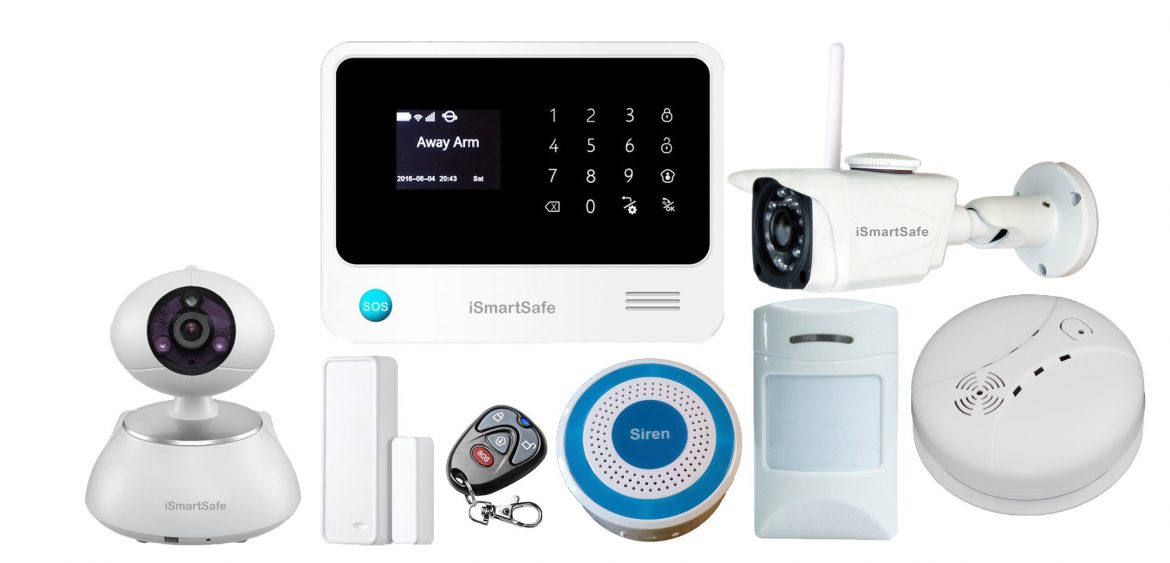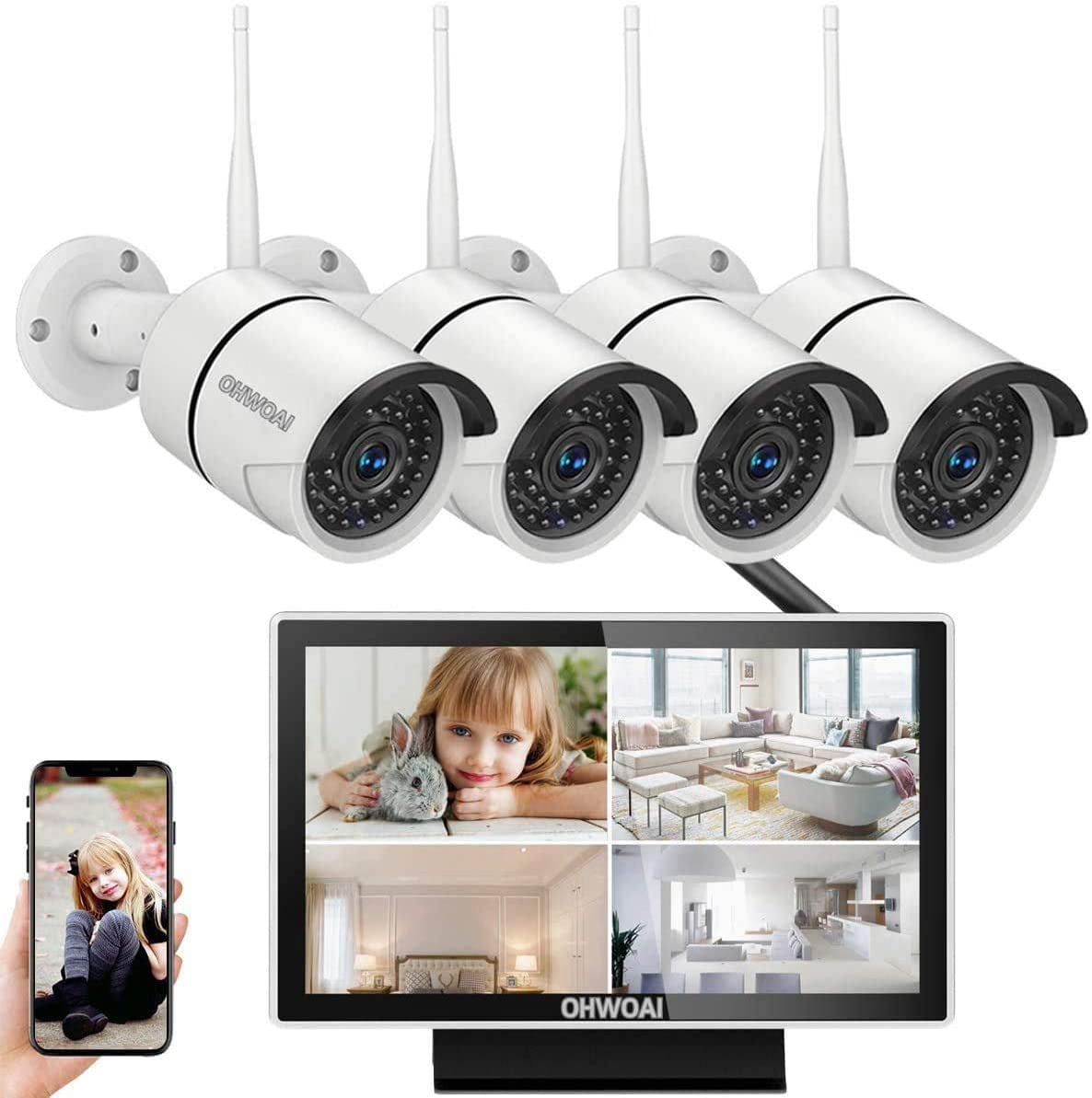How to Protect Your Home with a DIY Security Camera System
Table of Content
See the top DIY smart home security systems we’ve reviewed for an economical method to remain secure. The motion sensors are very accurate, making this mode actually reliable. They record in color at 720p, so there’s plenty of detail.
Prepared and built for the unexpected - 24 hour battery and cellular backup keep your home secure so you stay protected even if you lose power or Wi-Fi. Reviews are based on big data aggregated from sales pages and product buyer reviews. All ranking arrangements are automatically AI-driven according to product buyer reviews. As a result, we may earn an affiliate commission via the links on our site at no additional cost to you.
Tools and Resources for Christmas Gift Ideas
A DIY home security system usually comes with a control panel that connects to sensors and your mobile device. The control panel will activate the detectors when you aren’t home. Install motion detectors and door/window sensors throughout your home.

Most companies require that you pay an additional cost in order to save video and view footage that isn’t live. If you have a wireless security camera, you’ll need to be familiar with the method your camera uses to communicate with other smart devices. Some wireless home security systems communicate through Wi-Fi technology, while others connect through Z-wave technology.
How to Install a DIY Home Security System
You can also install an external hard drive for backup storage. When your Alarm Pro detects a threat, Ring can request emergency dispatch. Plus, keep all your connected devices online if the primary internet goes out with 24/7 Backup Internet. This kit includes one Alarm Pro Base Station, two Keypads, eight Contact Sensors for windows/doors, two Motion Detectors for hallways/rooms, and one Alarm Range Extender. Add additional components such as alarm accessories, cameras and eero 6 extenders at any time. Also consider how much bandwidth is available on your network and how much you want to spend on cloud storage.

Get peace of mind today with a home security solution that’s right for your home. While the cameras themselves can hold up in the weather, you may want to weather-proof electrical connections yourself. There are a variety of ways to do this, including placing weather boxes over the connections.
How to Make Your Christmas Brighter With Linux
Also, Frontpoint can differentiate between your pet and an intruder so you won’t get false alerts. Canary‘s super smart artificial intelligence can make self-monitoring your home even easier. The system detects when you leave your home and turns itself on automatically. Then, when you come back, the system automatically sets itself to Home Mode, which you can customize to fit your needs. No need to disarm your system or worry about unnecessary alarms.

If you choose an Alder DIY installation, you’ll receive a pre-programmed system with installation instructions that is ready to activate as soon as you receive it. You simply have to position your devices and call to have them activated. With so many DIY home security systems available, it can be challenging to determine which one is right for your home. Keep reading for tips to help you select thebest home security systemfor your specific needs. Receive expert tips on using phones, computers, smart home gear and more.
Security System Jamming
Additional packages start around $200 and come with more devices and features. Customers must pay an additional monitoring fee if they want to record their video footage and gain access to emergency support, which starts at $14.99 per month. For more, compare SimpliSafe vs. ADT or SimpliSafe vs. Frontpoint. To fully benefit from them, you need to know how to install and connect them so all your devices work together.

Secure your home and business 24/7 with smart motion-triggered alerts. Users can also set their NVR to automatically overwrite the oldest footage to make space for new files, or you can export those video files via a USB drive. Continuous 24/7 Recording – With a pre-installed 2TB HDD, users are provided reliable 24/7 recording.
There are plenty of options for different budgets, you just need to know what you want. Wireless or wired cameras come with different qualities, sizes, resolutions, functionalities and storage solutions. You can expect to spend anywhere between $50 and $1500 depending on the bundles you require.

A DIY system can be customized, while traditional security companies typically have preset equipment packages. Companies that offer professional monitoring usually have monitoring centers to provide around-the-clock assistance for alarms. An operator at the monitoring center will first attempt to contact you to confirm whether or not an emergency is occurring. If you are unavailable or in distress, the monitoring center will dispatch emergency services to your home. DIY installation means that you install the home security system yourself.
I'm on a mission to provide you with all the information and tools you need to stay safe, healthy, and happy in your own home. I'm a professional home expert and I like to test all the products for myself before recommending them to my clients. I'm a home expert and have been in the industry for more than a decade. I've worked in the industry for over 15 years and love to share my knowledge with others owning my own business specializing in home and yard maintenance. My passion is helping people fix their homes and live sustainably. I provide expert advice on everything from cooking, gardening, conservation, decorating, and DIYs.

With DIY home security, individuals can self-monitor their system or opt for professional monitoring for a low monthly fee if their provider allows. DIY systems also provide users with the flexibility to link up with existing smart home devices to further automate your home. Because there are no preexisting packages, equipment costs vary, and Cove monitoring ranges between $15 and $25 per month. Each Cove customer receives access to self-monitoring and professional monitoring plans, as well as access to Cove InstaText. This is a mobile app that uses a three-step communication process to fight against false alarms but maintain fast response times. A wireless security camera connects to your home’s Wi-Fi to offer real-time video footage at your home.
Comments
Post a Comment